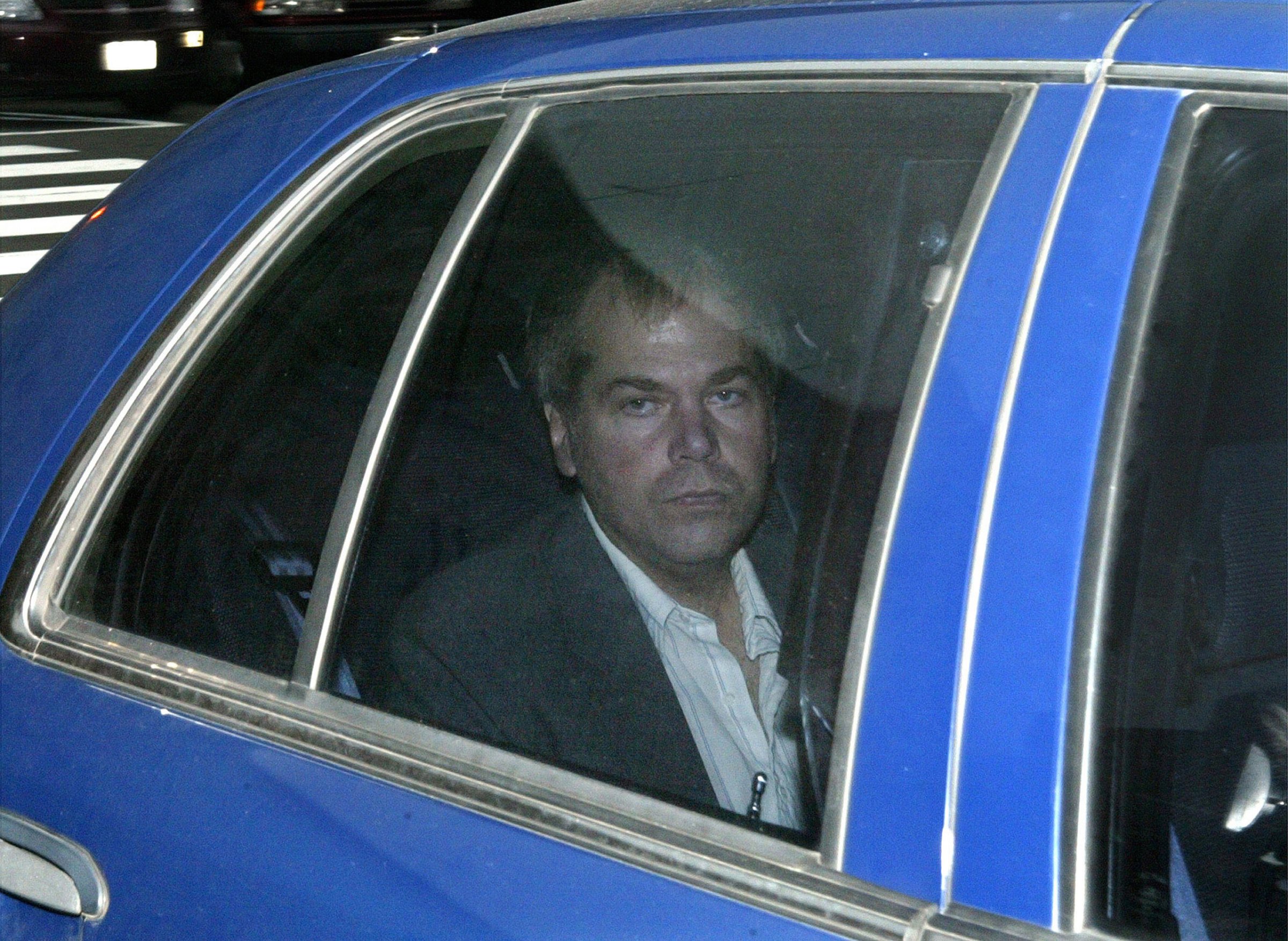
John Hinckley Jr., the man who on March 30, 1981, attempted to assassinate President Ronald Reagan, will be allowed to leave the Washington mental hospital to which he was sentenced, a judge ruled Wednesday. Hinckley, 61, will live in Virginia with his mother. To some, it will be shocking to hear that a man acknowledged to have shot the President (and injured three others as well) will no longer live in confinement. But Hinckley was found not guilty by reason of insanity, and his doctors have long said that he is not affected anymore by the mental illness that drove him to commit the crime.
With 35 years having passed since that day in 1981, here’s what to know about John Hinckley Jr.:
The Oklahoma-born son of a “fine Christian family” seemed “so normal he appeared to fade into the woodwork,” according to a TIME’s 1981 coverage of the assassination attempt. This normalcy disappeared after Hinckley graduated from high school in 1973:
His solitude and fecklessness became chronic, and he started drifting: to seedy neighborhoods in Los Angeles and Denver, toward fascism, and then to his climactic infatuations with handguns and a teen-age movie star. Says his father’s business associate Clarence Netherland: “Something happened to that boy in the last six to eight years to break him from the family tradition and the family life-style.” In fact, John Hinckley’s past years seem not to constitute a break so much as Hollywood’s slow fade to black.
Three years after graduating, Hinckley went to California to “crash Hollywood,” according to his father, John Sr., but ended up in the seedier areas of Los Angeles. Hinckley began obsessing over the actress Jodie Foster during this period, the 1981 TIME piece suggests, drawing parallels between Hinckley and the protagonist of the movie Taxi Driver. The movie, which was released that year, starred Robert De Niro as a man who becomes infatuated by a young prostitute played by Jodie Foster and then decides to assassinate a candidate for the presidency. (“The coincidences are powerful and given credence by a letter that Scriptwriter Paul Schrader got last fall—from J.W. Hinckley,” TIME noted in the immediately aftermath of Hinckley’s crime. “Schrader told TIME he thought the letter was from a smitten groupie who wanted to meet Foster, and he had his secretary throw it away.”)
Get your history fix in one place: sign up for the weekly TIME History newsletter
By late 1979, Hinckley was acquiring firearms while attending classes as Texas Tech. He dropped out in 1980 to “begin his last addled ramble around the country,” on a path “of accelerating aimlessness and fragmentation” and increasingly erratic stalking behavior when it came to Foster.
The day Hinckley wounded Reagan and three other men, he wrote Foster a letter outlining what he was about to do:
It started: “Dear Jodie, There is a definite possibility that I will be killed in my attempt to get Reagan.” It ended: “This letter is being written an hour before I leave for the Hilton Hotel. Jodie, I’m asking you to please look into your heart and at least give me the chance with this historical deed to gain your respect and love. I love you forever.” It was signed: “John Hinckley.” Hinckley sealed the letter to Actress Jodie Foster, 18, a freshman at Yale University whom he had never met, but did not mail it.
In late 1981, Hinckley’s lawyers declared that they would argue that their client was not guilty by reason of insanity. Following an eight-week trial, that was exactly what a federal jury in Washington found, leading Hinckley to be sent to hospital for the criminally insane “until the court decides that he is no longer a danger to society or himself,” as TIME put it. The decision sparked public outrage and, in the aftermath, the federal government and 38 states changed their laws about the proof required for an insanity defense.
Within a few years of his trial, Hinckley’s doctors began to argue that he had met the criterion for release. “Hinckley’s case, which comes up for review every six months, will inevitably remain problematic,” TIME noted in 1987. Over the years, he was slowly—over objections from Washington—granted greater privileges, from unsupervised visits with his parents to the ability to stay overnight with them.
Read TIME’s complete cover story package about the assassination attempt on President Reagan, here in the TIME Vault: Moment of Madness
More Must-Reads From TIME
- The 100 Most Influential People of 2024
- Coco Gauff Is Playing for Herself Now
- Scenes From Pro-Palestinian Encampments Across U.S. Universities
- 6 Compliments That Land Every Time
- If You're Dating Right Now , You're Brave: Column
- The AI That Could Heal a Divided Internet
- Fallout Is a Brilliant Model for the Future of Video Game Adaptations
- Want Weekly Recs on What to Watch, Read, and More? Sign Up for Worth Your Time
Write to Mahita Gajanan at mahita.gajanan@time.com